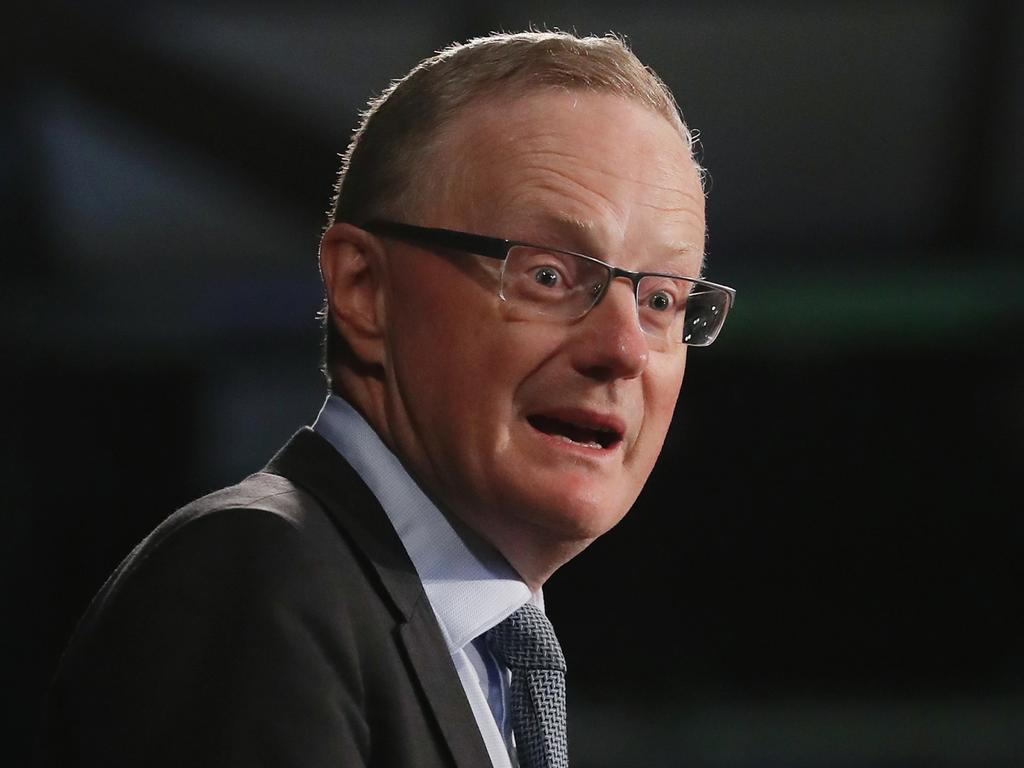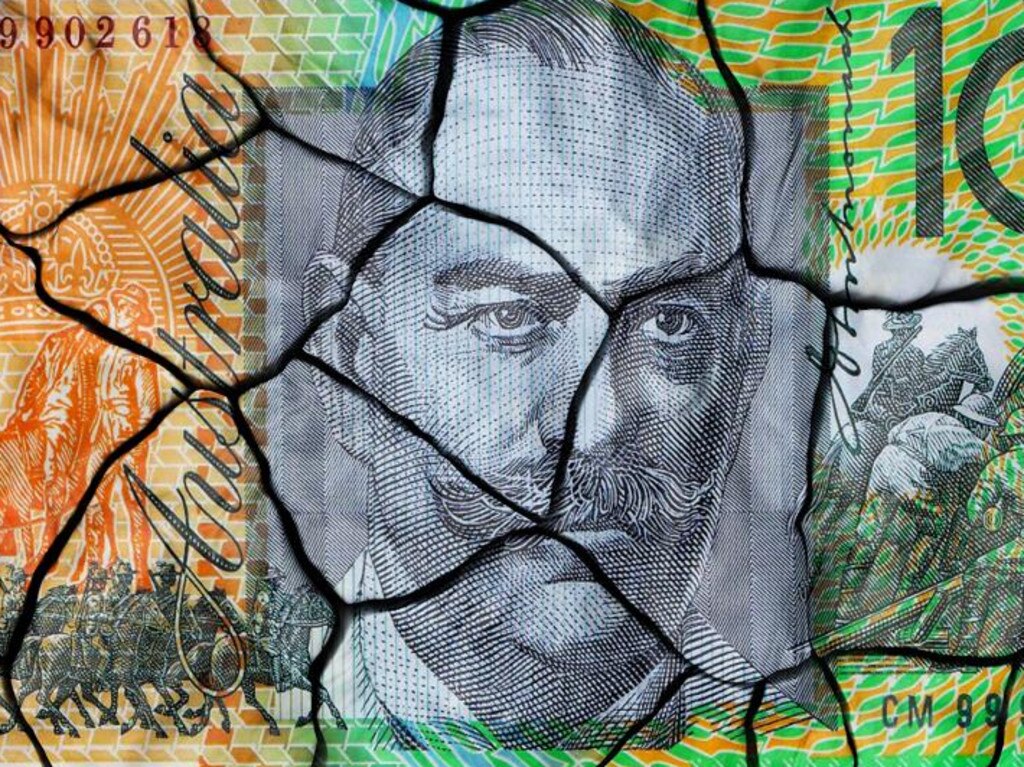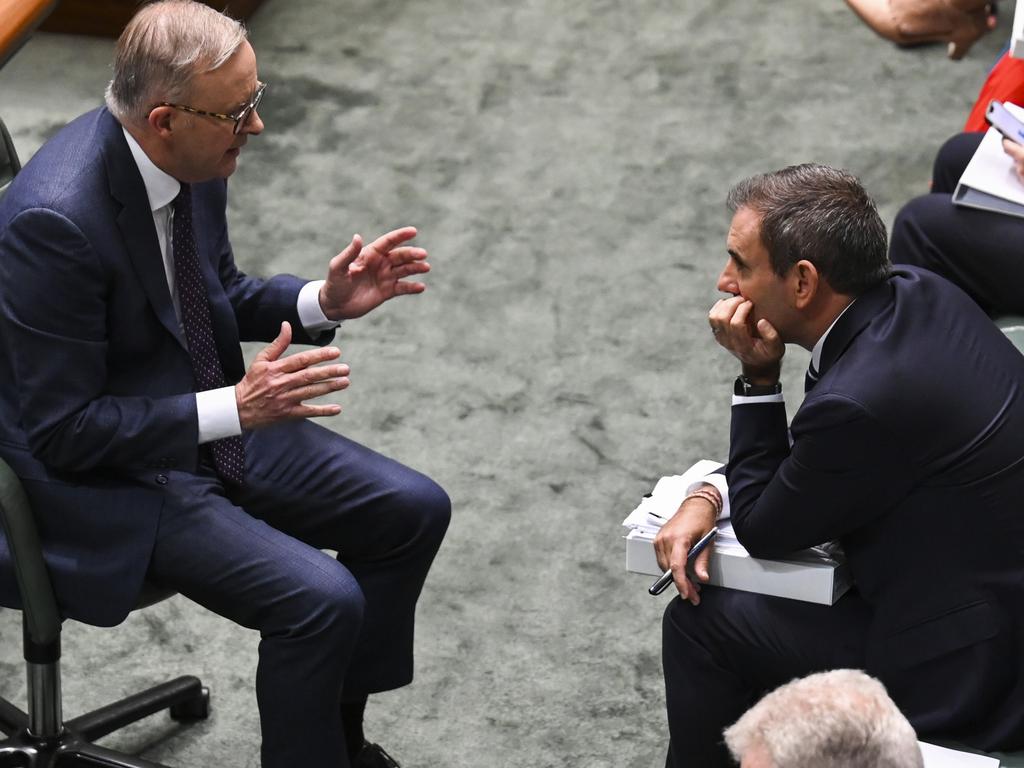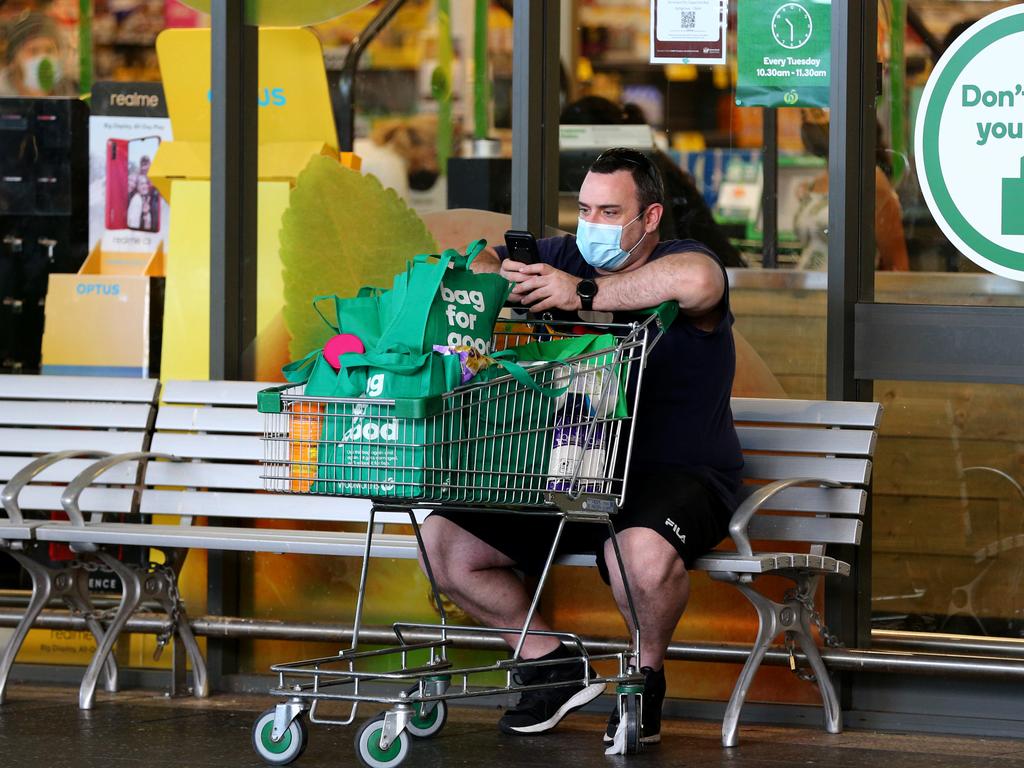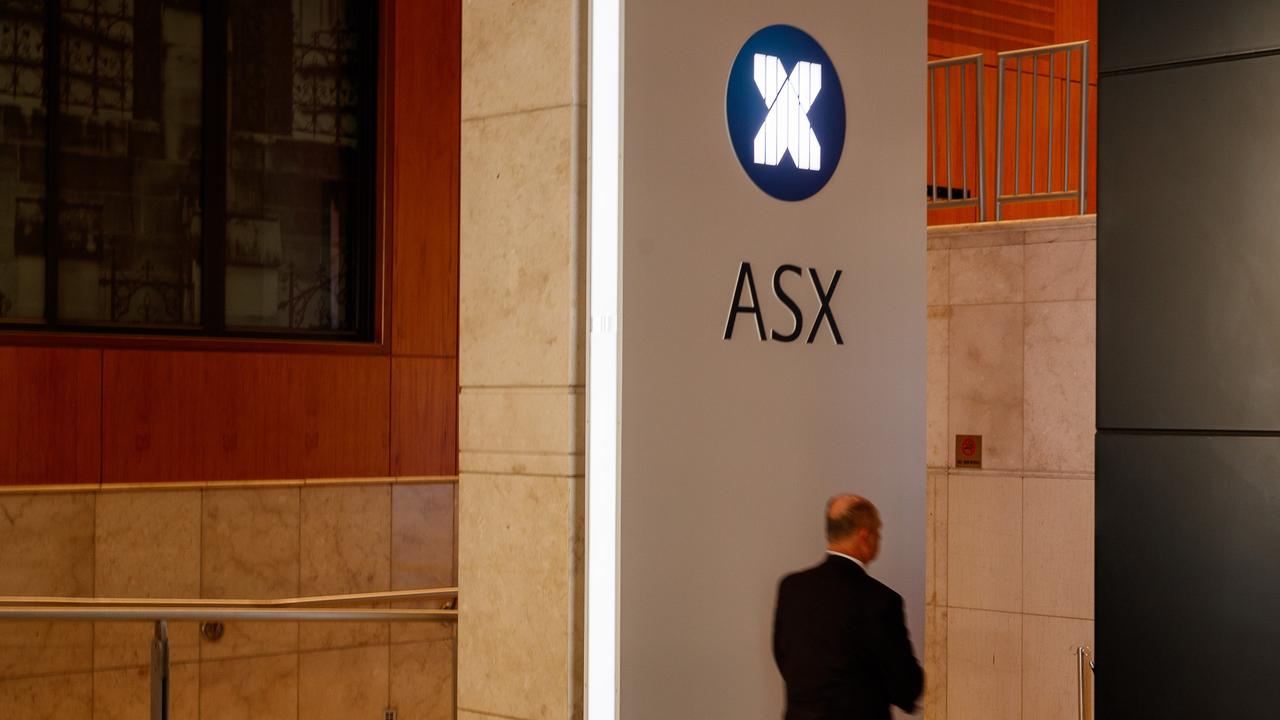Inflation fight: RBA to go hard
The Reserve Bank now sees high and corrosive inflation as more entrenched and will use imminent interest rate rises to put a harsher squeeze on consumer spending, home values and vulnerable borrowers.
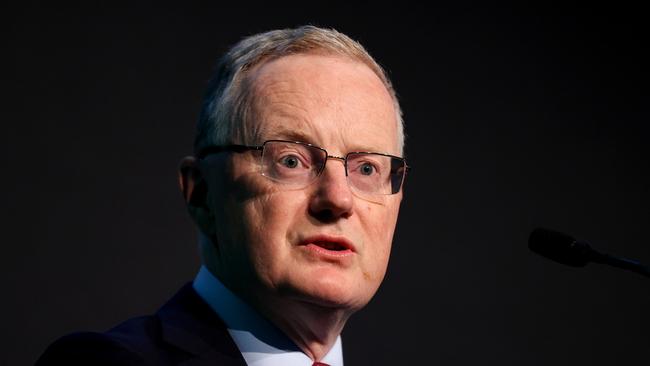
The Reserve Bank now sees high and corrosive inflation as more entrenched and will use imminent interest rate rises to put a harsher squeeze on consumer spending, home values and vulnerable borrowers.
In its quarterly statement on monetary policy, published on Friday, the central bank upgraded its forecasts for both headline and underlying inflation during this year, pushed up by business mark-ups and wages growth.
The RBA acknowledged 3.25 percentage points in cash rate hikes since May could crunch the finances of the most exposed homeowners rolling off fixed-rate loans in coming months. But the central bank said most borrowers had built hefty savings buffers during pandemic lockdowns and the era of ultra-cheap money and families would either save less or cut spending, pushing up the 3.5 per cent jobless rate to an expected 4.1 per cent by the middle of next year.
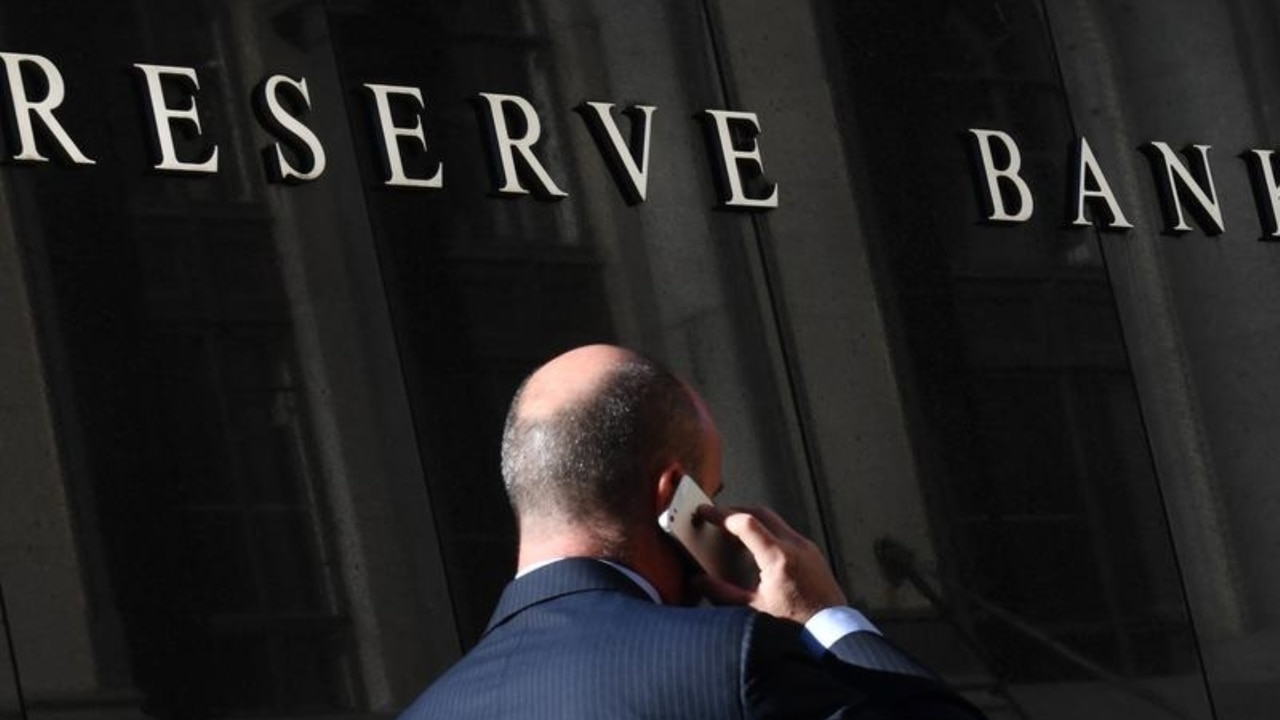
Scheduled mortgage payments are projected to be almost 10 per cent of household disposable income by the end of the year, which is higher than the post-global financial crisis peak of almost 9 per cent in 2010-11. With sharp rises in prices for energy, food and other essentials, pressure is intensifying on the Albanese government to provide cost-of -living relief in the May budget.
After the statement’s release, Jim Chalmers said the government’s energy market interventions were getting results.
“Inflation is still unacceptably high, and it will stay higher than we want it to for longer than we want it to,” the Treasurer said. “The RBA says our energy plan will do exactly what the economy needs it to do and exactly what … households and businesses need it to do: take some of the sting out of high power prices.”
The central bank revised its previous forecast for underlying inflation in the year to June, from 5.4 per cent to 6.2 per cent, and the annual consumer price index from 6.3 per cent to 6.7 per cent.
“The board expects that further increases in interest rates will be needed to ensure that the current period of high inflation is only temporary,” the RBA said. “In assessing how much further interest rates need to increase, the board will be paying close attention to developments in the global economy, trends in household spending and the outlook for inflation and the labour market.
“It remains resolute in its determination to return inflation to target and will do what is necessary to achieve this.”
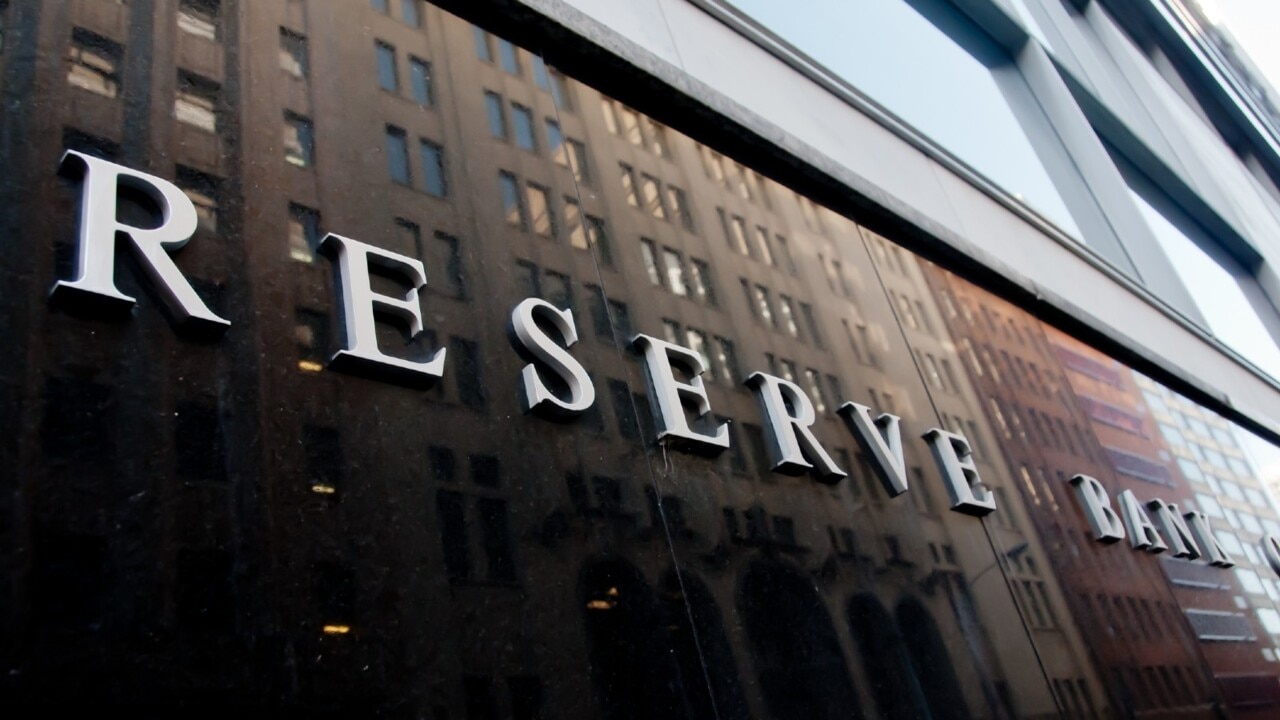
ANZ Bank senior economist Adelaide Timbrell said the expected rise in “trimmed mean” inflation, which strips out volatility and is the RBA’s preferred measure, was a “hawkish” development. “This suggests the RBA is less confident than before about the speed at which underlying measures of inflation will normalise,” Ms Timbrell said.
More encouragingly, the central bank said the rogue 7.8 per cent CPI result for the December quarter was likely to be the peak in inflation. By mid-2025, it expects underlying and headline inflation to be just inside the 2 to 3 per cent target band. As well, the RBA noted that, over the past three years, households had accumulated additional savings of almost $300bn, equivalent to about 20 per cent of annual disposable income.
The RBA called out businesses for not passing through price reductions to consumers, as was occurring overseas.
“Domestically sourced inflation and wages growth are both picking up,” it said. “Given the importance of avoiding a price-wage spiral, the board will continue to play close attention to both the price-setting behaviour of firms and the evolution of labour costs in the period ahead.
“It will be closely monitoring how quickly declines in global costs are passed through to prices by businesses in Australia.”
The RBA revised up slightly its forecasts for gross domestic product growth to 1.6 per cent for this calendar year and next, yet down from an estimated 2.7 per cent over the 12 months to last December. But it said after-inflation household net wealth decreased by about 4 per cent in the September quarter, driven by lower housing prices, “which will be a further drag on consumption growth”.
“Alongside inflationary pressures, higher net interest payments are expected to put increasing pressure on household budgets as cash rate increases are passed through to lending rates and fixed-rate loans expire,” the RBA said.
Putting a floor under demand, however, the RBA sees a robust revival in wages, with its outreach program finding one-third of private sector pay rises were 5 per cent or more in the December quarter. After years of sub-par growth, the wage price index is tipped to increase by an annual 4.2 per cent by the end of this year, a decade high, which some economists said was optimistic.
Echoing many in the market, Commonwealth Bank head of Australian economics Gareth Aird said the RBA was likely to raise its cash rate by 25 basis points at its March and April meetings, taking the policy rate to 3.85 per cent. Mr Aird believes inflation and spending growth are going to decrease by far more than the RBA anticipates, while wage growth will be weaker and unemployment higher.
UBS economists said the risk of recession in the second half of this year was “increasing materially”, to about 25 per cent, with the central bank eventually cutting rates this year to put a floor under the housing market.
Opposition Treasury spokesman Angus Taylor said the government needed to sharpen its focus on easing living costs for families. “They promised before the election lower electricity prices,’’ Mr Taylor said. “They promised before the election cheaper mortgages. None of this has been delivered. These numbers today confirm exactly that.”


